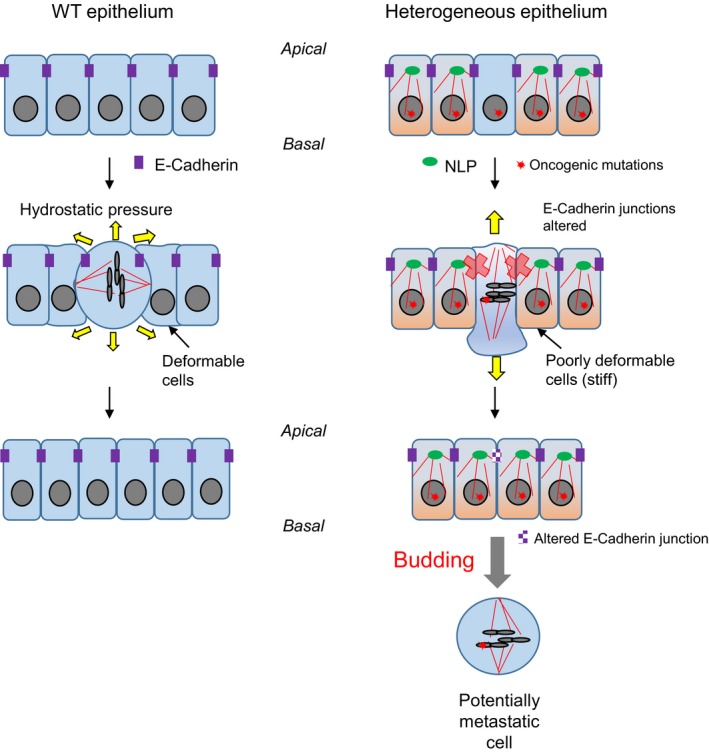Figure 7. Structural centrosome aberrations trigger mitotic cell budding through non‐cell‐autonomous mechanism.

This schematic model presents the key conclusions emerging from the present study, including plainly speculative elements. In wild‐type epithelia (left), cell division does not impair epithelial integrity. Normal E‐cadherin dynamics ensures correct positioning of the mitotic spindle and maintenance of cell–cell junctions. When mitotic cells exert hydrostatic pressure against confinement, the surrounding cells are sufficiently “deformable” to accommodate the products of cell division in the plane of the epithelium. In striking contrast, in mosaic epithelia comprising cells with NLP‐induced structural centrosome aberrations, E‐cadherin junctions are impaired and, consequently, spindle orientation randomized. Furthermore, cells harboring such structural centrosome aberrations show increased stiffness, and their reduced deformability is expected to cause resistance against insertion of dividing cells. As a consequence, mitotic cells escape the epithelium through budding. We emphasize that this non‐cell‐autonomous process offers a solution to the long‐standing conundrum that many tumors comprise substantial subpopulations of cells with centrosome aberrations, even though these aberrations are expected to impair cell viability. Specifically, we propose that the non‐cell‐autonomous mechanism described here triggers the budding of potentially invasive cells in response to centrosome aberrations within the tumor. Importantly, these disseminating cells need not necessarily harbor any centrosome aberrations themselves, even though they may carry oncogenic mutations, including mutations that favor metastasis.
